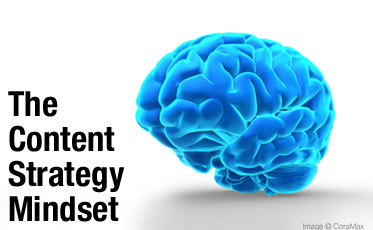by Laura Creekmore | Aug 14, 2011 | Information management
I’m re-reading Nicholas Carr’s famous Atlantic article from 2008 titled “Is Google Making Us Stupid?” I’m 10 paragraphs in and I’ve now stopped 4 times, twice to check email, once to tweet about how I keep stopping and now, to start...

by Laura Creekmore | Aug 8, 2011 | Content strategy, Speaking
My talk Friday to the Nashville Chamber of Commerce’s interactive SIG really underlined to me that content strategy is at least as much a mindset as it is a set of tools. We had a number of experienced web professionals in the room — from design, strategy,...
by Laura Creekmore | Jul 20, 2011 | Content strategy, Marketing, Speaking
Update, 8/6/2011: If you wanted to see the slides from my talk on content strategy and marketing yesterday, they’re now available on SlideShare. I’m really excited about an upcoming event — I’m speaking to the Nashville Chamber’s...
by Laura Creekmore | Jul 14, 2011 | Content strategy, Information management, Metadata
Confessions first: Working with metadata is one of my favorite parts of content strategy. I’m just enough of a geek to really appreciate the nitty-gritty details and what happens behind the scenes. But I’m grounded enough to know that just the word...
by Laura Creekmore | Jul 11, 2011 | Analytics, Content strategy, Information management
If you’re in health care, like most of our clients at Creekmore Consulting, you are already familiar with the term “accountable care organization.” ACOs have become a hot topic in health care — last year’s health care reform bill really...


